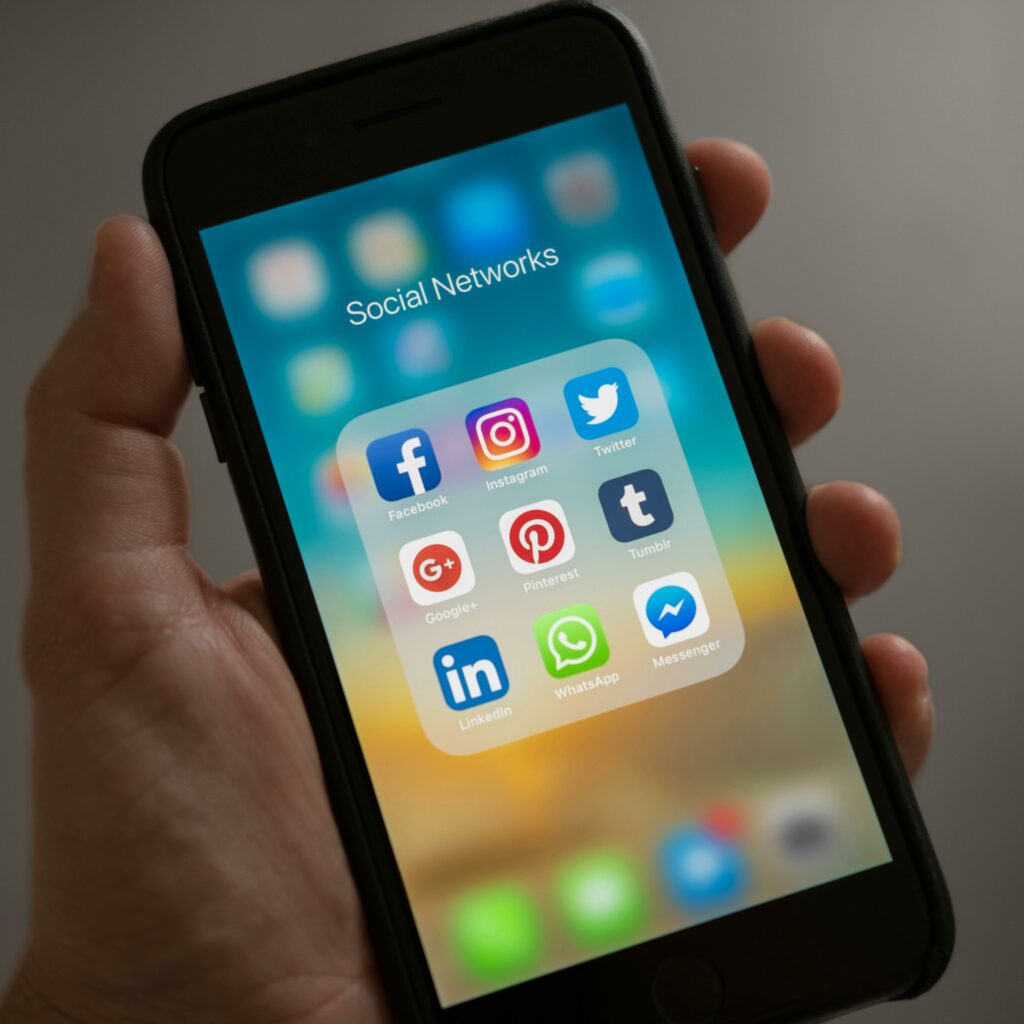Imagine waking up to find that your email, social media, and even your online banking passwords are all out in the wild.
Well… welcome to reality.
In what might be one of the largest data breaches in internet history, more than 16 billion login credentials — yes, billion with a B — have reportedly been leaked online. That includes details tied to platforms like Google, Facebook, Apple, and more.
If you’re thinking, “Wait, was Google hacked?” or “How did this happen?” — don’t panic just yet. Let’s break down everything you need to know in simple, conversational terms — including how you can protect yourself from becoming a victim.
🔍 What Exactly Happened?
According to a report by Cybernews, this breach isn’t from one single attack on a tech giant. There was no centralised data breach at Google, Facebook, or Apple. So, you can breathe a little easier.
Instead, it’s what experts are calling a “compilation of years’ worth of stolen credentials” — gathered through smaller data leaks, phishing attacks, and malicious malware like infostealers.
Think of it like a digital Frankenstein’s monster, created by stitching together data from a bunch of past hacks — and now, it’s all floating around the dark corners of the internet.
Even BleepingComputer, a trusted name in cybersecurity news, confirmed that these credentials weren’t stolen in a fresh, new attack. They’ve been collected over time, but their sheer volume makes them incredibly dangerous.
⚠️ Why This Is a Big Deal
Let’s put things in perspective: 16 billion login credentials is basically double the global population.
That means if you’re online in any form — and let’s be honest, you are — there’s a decent chance at least one of your usernames or passwords has been compromised.
Here’s the scary part:
- Hackers can use these credentials for credential stuffing attacks. (That’s when they try your stolen email + password on every site imaginable.)
- Many people reuse passwords, so one exposed account could mean access to several others.
- These leaks can lead to identity theft, unauthorised purchases, and in some cases, even blackmail or extortion.
As Cybernews put it, this “is not just a leak — it’s a blueprint for mass exploitation.” Yikes.
🛡️ How Can You Protect Yourself?
Good news — you’re not powerless in this situation. Here are some simple steps you can take right now to guard your accounts and data.
✅ 1. Check If You’ve Been Compromised
Start with a password breach checker like:
- Have I Been Pwned
- Google’s built-in Password Checkup (available in Chrome > Settings > Passwords)
These tools scan your email and known passwords against leaked databases and tell you if you’re at risk.
✅ 2. Use a Password Manager
Google recommends using their Password Manager, which not only stores your credentials securely but also alerts you if any of them are found in a breach.
Other good options:
- 1Password
- Dashlane
- Bitwarden
- LastPass (although some trust issues have been raised about it lately)
✅ 3. Turn on Multi-Factor Authentication (MFA)
Also known as 2FA, this is your second line of defence. Even if hackers have your password, they’ll still need a one-time code or app-based confirmation to get in.
Use:
- Authenticator apps (Google Authenticator, Authy)
- Passkeys (more on this next)
- Biometric logins (fingerprint or face scan)
✅ 4. Start Using Passkeys (Passwordless Login)
Both Google and Meta (Facebook) are now pushing passkeys, which are basically a new way to log in without using traditional passwords.
They’re safer because:
- They can’t be reused
- They can’t be phished
- They’re tied to your device or biometric data
So, if you’re asked to enable passkeys on Facebook or Google, do it. It might just save you from the next big leak.
✅ 5. Don’t Reuse Passwords (Seriously)
We all know it’s a pain to remember 37 different passwords. That’s why password managers exist.
Reusing passwords is like using the same key for your house, car, office, and gym locker. If someone gets that one key… everything’s wide open.
🧠 Wait — How Did These Leaks Happen?
Most of the stolen credentials came from a mix of:
- Phishing scams (fake emails or websites tricking users into typing their info)
- Malware like info stealers, which sit quietly on your device, collecting logins
- Data breaches from small websites, which don’t always make the news
The issue is — when all that data is collected into one mega-database, it becomes incredibly valuable on the dark web. Hackers can buy access and start trying logins across banks, Netflix, Gmail, Amazon — you name it.
🤔 Are These Leaked Passwords Fresh?
Good question. Experts say not necessarily — some may be months or even years old. But that doesn’t mean they’re harmless.
Why?
Because people don’t often change their passwords unless forced to. So even an “old” leak can still cause very real problems if you haven’t updated your logins recently.
💬 Final Thought: It’s Time to Get Serious About Your Digital Safety
We’re not here to scare you, but 16 billion leaked passwords is no joke. It’s a reminder that we live in a digital age where cyber hygiene is as important as washing your hands.
Think of your online identity like your home. You wouldn’t leave your front door unlocked, right?
So:
- Use strong, unique passwords
- Turn on MFA everywhere
- Try out passkeys
- Keep an eye on breach alerts
And next time you get an email saying “click here to verify your account” — take a pause, think twice, and maybe delete it. 😉
🧾 Bonus: Quick Recap Checklist
✅ Check your email/passwords for leaks
✅ Use a password manager
✅ Enable MFA or passkeys
✅ Don’t reuse passwords
✅ Stay updated with security news

